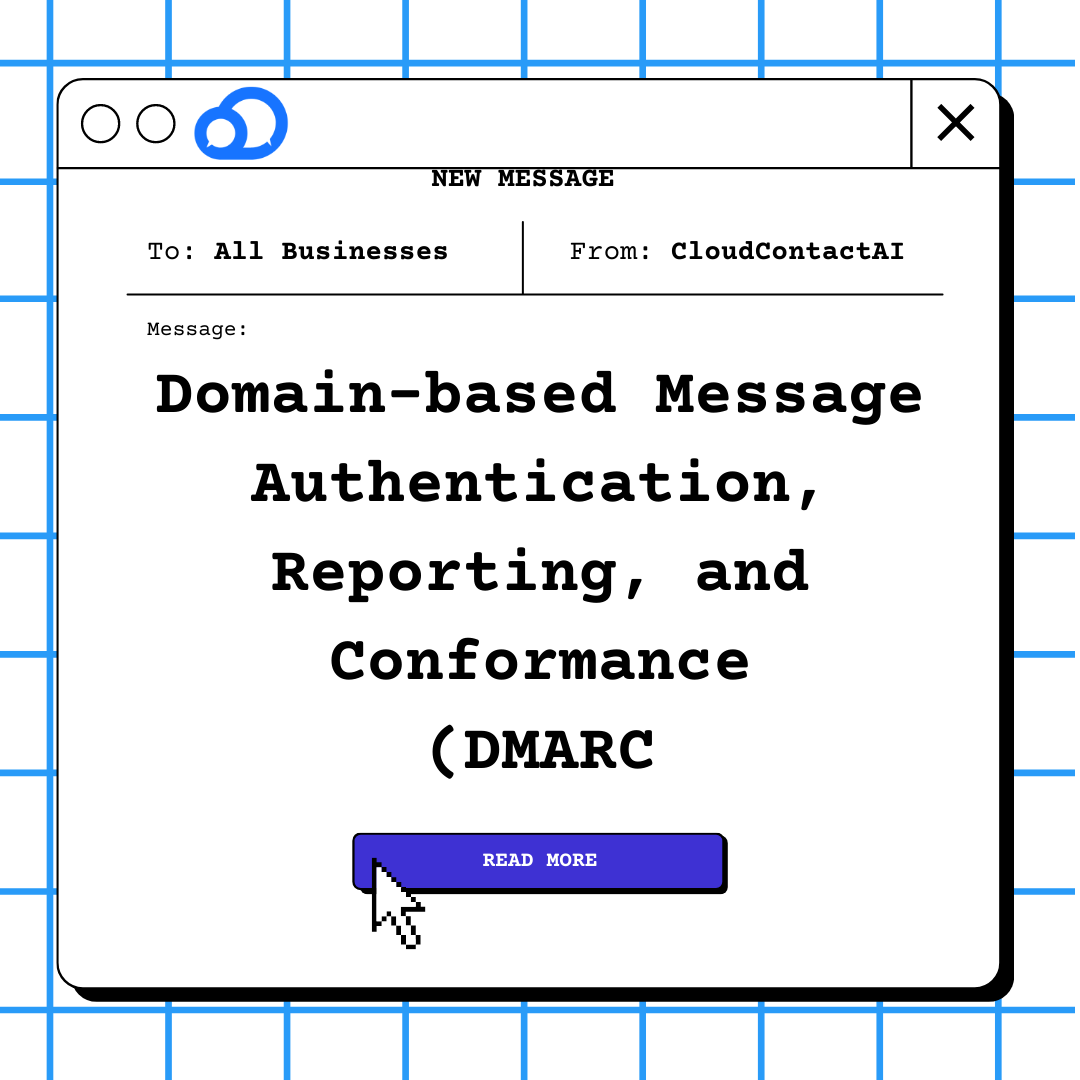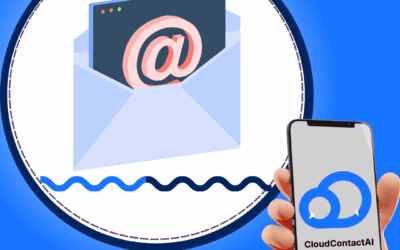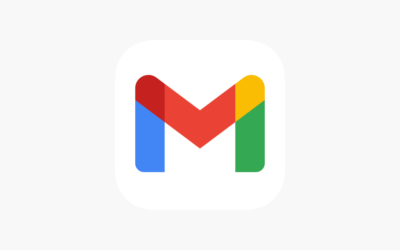Why are my emails going to spam?
Let’s take a look at what spam emails are before we dive into the various factors that go into an email being marked as spam.
Spam is unsolicited and unwanted emails sent to a large number of recipients. It is a type of electronic spam, similar to unsolicited telemarketing calls, direct mail campaigns, and unsolicited commercial faxes. Spam emails are usually sent for the purpose of advertising or promoting products, services, or websites. They may also contain malicious links or attachments that can compromise the security of the recipient’s device or steal personal information.
There are several reasons why emails may land in the spam folder. Email service providers use spam filters to identify and block spam emails. These filters use various techniques to determine whether an email is spam, such as analyzing the content of the email, checking the sender’s reputation, and comparing the email to known spam patterns. If the email is determined to be spam, it may be blocked, filtered, or sent to the recipient’s spam folder.
Common reasons why emails may be flagged as spam include the use of spammy keywords (like ‘free’), suspicious links or attachments, low sender reputation, and a high volume of emails sent from a single IP address. To avoid having emails land in the spam folder, email senders should follow best practices for email marketing and ensure that their emails comply with industry standards for email authentication and security.
What is DMARC?
DMARC stands for Domain-based Message Authentication, Reporting, and Conformance. It is an email authentication protocol that helps prevent email spoofing, phishing, and other fraudulent activities that attackers use to compromise email accounts.
DMARC is designed to work in conjunction with two other email authentication protocols: SPF (Sender Policy Framework) and DKIM (DomainKeys Identified Mail). SPF is used to specify which servers are allowed to send email on behalf of a domain, while DKIM uses cryptographic keys to verify the authenticity of the sender.
Try Our Premium Email and SMS Platform for Free!
Ready to take advantage of the many benefits that CloudContactaI has to offer.
We’ll improve your email deliverability by setting up your DMARC, SPF, and DKIM records.
Sign up for our 14-day free trial today to start boosting engagement, increasing open-rates, and making sales. Do more with CloudContactAI.
How Does DMARC Work?
DMARC works by providing email domain owners with a way to instruct email receivers (such as email service providers) on how to handle emails that fail SPF or DKIM checks. When an email receiver receives an email, it checks the SPF and DKIM records of the sending domain to ensure that the email was sent from an authorized server and that it has not been tampered with during transmission.
If the email passes these checks, it is delivered to the recipient’s inbox. However, if the email fails one or both of the checks, the email receiver checks the DMARC record of the sending domain to determine what action to take.
The DMARC record specifies one of three actions that the email receiver should take if an email fails the SPF or DKIM check:
Reject: The email should be rejected outright and not delivered to the recipient’s inbox.
Quarantine: The email should be quarantined or sent to the spam folder.
None: The email should be accepted, but the email receiver should still send a report to the email domain owner about the failed check.
The DMARC record also includes instructions on how email receivers should report back to the email domain owner about the status of email authentication checks, including information about emails that were delivered, quarantined, or rejected.

Why is DMARC Effective?
DMARC provides several benefits for email domain owners, email receivers, and end-users. Here are some of the benefits of DMARC in more detail:
• Improved Email Deliverability: DMARC helps to improve email deliverability by reducing the chances of legitimate emails being marked as spam or blocked by email filters. When an email fails DMARC checks, the email receiver can reject or quarantine the email, depending on the DMARC policy set by the email domain owner. This means that legitimate emails that pass DMARC checks are more likely to be delivered to the recipient’s inbox, resulting in higher email deliverability rates.
• Protection Against Email Spoofing and Phishing Attacks: DMARC provides protection against email spoofing and phishing attacks by verifying the authenticity of the sender’s domain. DMARC checks whether the sending domain has authorized the sending server to send emails on its behalf and whether the email has been tampered with during transmission. By implementing DMARC, email domain owners can prevent unauthorized use of their domains for fraudulent activities, protecting their brand reputation and their customers from phishing attacks and other malicious activities.
• Visibility into Email Authentication Failures: DMARC provides email domain owners with valuable insights into how their domains are being used and abused in the email ecosystem. DMARC reports provide information on how many emails are passing or failing DMARC checks, which IPs are sending emails on behalf of the domain, and how many messages are delivered, quarantined, or rejected. These insights can help domain owners identify and stop unauthorized use of their domains for malicious purposes.
• Increased Trust in Email: DMARC helps to increase trust in email by providing a standard way for email domain owners to authenticate their emails. When an email passes DMARC checks, it indicates that the email is legitimate and sent from an authorized server. This increases the trustworthiness of email for end-users, who can be confident that the emails they receive are from the expected sender and are not fraudulent.
• Industry Standard: DMARC is widely adopted by email service providers, including Google, Microsoft, and Yahoo, and is a standard part of email authentication frameworks. This means that by implementing DMARC, email domain owners are complying with industry standards and best practices, improving their email deliverability, and protecting their brand reputation.
Closing Thoughts
In conclusion, the importance of email security cannot be overstated, as email remains a popular target for cybercriminals to distribute spam, malware, and phishing attacks. DMARC provides email domain owners with a way to authenticate and secure their email domains, and it is an essential tool in the fight against email spam and phishing attacks.
By working in conjunction with other email authentication protocols, such as SPF and DKIM, DMARC helps to ensure that emails are delivered to their intended recipients and that legitimate emails are not marked as spam or blocked by email filters. Email domain owners who implement DMARC can benefit from improved email deliverability, greater control over their email domains, and valuable insights into how their domains are being used in the email ecosystem.
Even though SMS is becoming the more popular communication channel among businesses, email still has its place. Because of this, it is essential to prioritize email security and leverage the available technologies to protect against email spam and phishing attacks.
Not sure if you’re ready to revolutionize the way your business communicates? Sign up for our 14-day free trial!
What do you have to lose?





